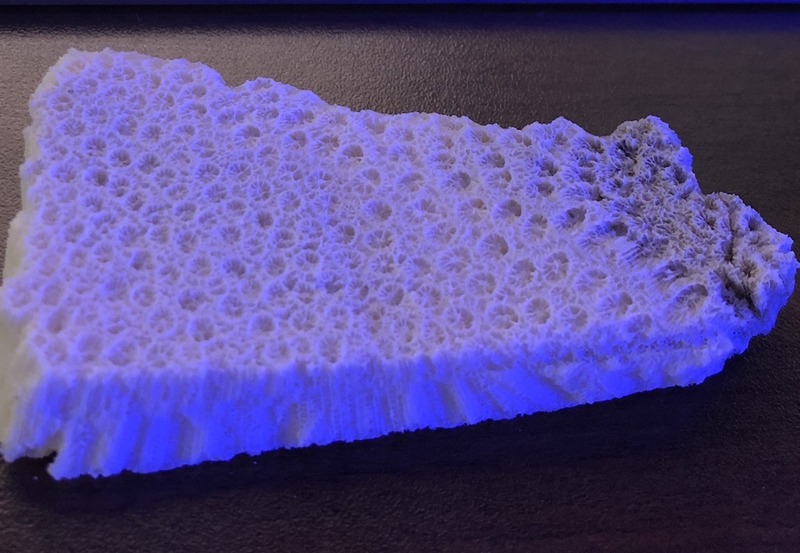@taricha @Beardo
So Ive had my Zeovit tank running for 1.5 year now, had a LOT of high end sps, they were really beginning to catch speed grwing. and then came the dino..... battling for past 2 months....tried some routine mthdo, peroxide, dino x, lights, temp, nothing helped. LOST 90% of my expensive sps



Today I tried to ID the dino:
seems to me amphidium: here are the microscope pic at 100X
what do I do? Please help.

So Ive had my Zeovit tank running for 1.5 year now, had a LOT of high end sps, they were really beginning to catch speed grwing. and then came the dino..... battling for past 2 months....tried some routine mthdo, peroxide, dino x, lights, temp, nothing helped. LOST 90% of my expensive sps
Today I tried to ID the dino:
seems to me amphidium: here are the microscope pic at 100X
what do I do? Please help.




















